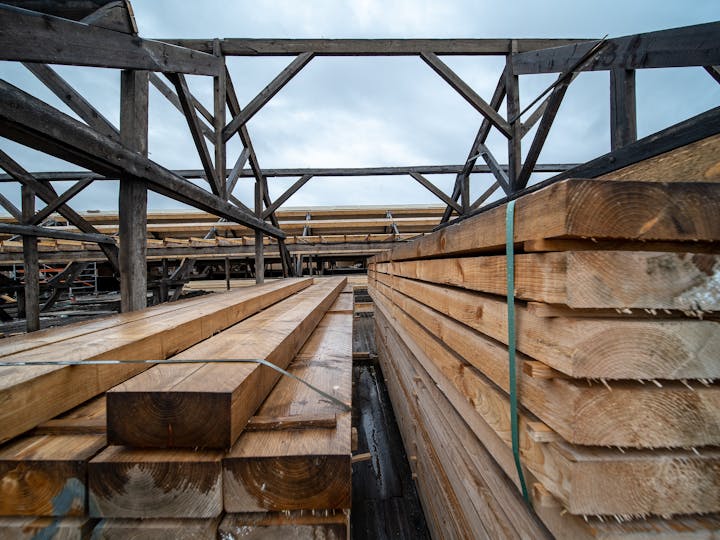Facilities that handle wood materials need proper storage systems to stay organized and efficient. Lumber occupies a significant amount of space and comes in various lengths, sizes, and types. Choosing the right storage rack helps manage space more effectively, protects inventory, and enhances daily operations.
Different racks are suitable for various layouts, so it’s essential to select one that aligns with the facility’s workflow. A cantilever rack is often the preferred choice for storing long or bulky wood materials due to its open-arm design and strong frame. In this blog, let’s highlight some factors before selecting the appropriate units.
Understand the Type and Volume of Lumber
Before selecting a rack, it is crucial to understand the type of lumber that will be stored. Softwoods, hardwoods, sheets, or irregularly shaped planks require slightly different handling. The size and weight of the wood also matter. A facility storing plywood sheets may require wider support arms, while those handling longer boards should opt for a setup that accommodates extended-length storage without bending. Taking stock of lumber types helps match the rack’s design to the daily load requirements, which prevents wear and improves shelf life.
Consider Facility Space and Layout
Each facility has a different floor plan. Some have open warehouse areas, while others operate in tight corners or shared workspaces. Measuring the available space is essential before choosing a rack system. Wall-mounted units save floor space but may not hold heavy loads. Freestanding systems require more space but offer greater flexibility in their positioning. A cantilever setup is beneficial for both large and small areas, as it facilitates easy side-loading and can be adjusted vertically to accommodate the ceiling height of the facility.
Choose a Rack That Matches Workload Needs
The right lumber storage rack should handle the weight of daily operations without strain. Racks come in light-duty, medium-duty, or heavy-duty builds. Light-duty setups are suitable for small shops with limited stock, while heavy-duty versions are designed for busy warehouses or lumber yards with large quantities. Overloading a weak unit can cause damage to both the rack and the material being handled.
Look for Adjustable or Expandable Features
Some operations grow rapidly, while others require flexibility to accommodate different project sizes. Choosing a storage rack with adjustable arms or modular designs can make future changes easier. These features allow facilities to store wood of various lengths and thicknesses without a complete overhaul. Expandable systems are also cost-effective in the long run. Instead of replacing old racks, managers can add new parts to the existing setup. Manufacturers often provide custom options or expansion kits to support long-term use, which helps the facility adapt as storage needs evolve.
Focus on Safety and Accessibility
Safety matters in any industrial or workshop setting. Lumber stored incorrectly can fall, crack, or cause injury. A stable rack prevents shifting and supports even weight distribution. Racks should also be placed where forklifts or workers can access them easily without creating obstacles. Open designs like cantilever systems make loading and unloading materials easier without excessive bending or climbing.
The right lumber storage system supports a better workflow, enhanced safety, and improved space management. A cantilever rack is a strong option for open access and heavy-duty storage facilities. Factors such as lumber type, available space, load capacity, and future adjustments all play a role in choosing the right rack. A reliable manufacturer helps match the setup design to real facility needs by offering expert input and tailored features. With the right system, facilities can maintain secure storage, ensure efficient operations, and keep workspaces clear.





